
OR
Opinion
Shock Responsive Social Protection: Leveraging Existing Systems to Deliver Rapid Relief
Published On: August 1, 2022 06:30 AM NPT By: Hemanta Dangal and Alina Karki
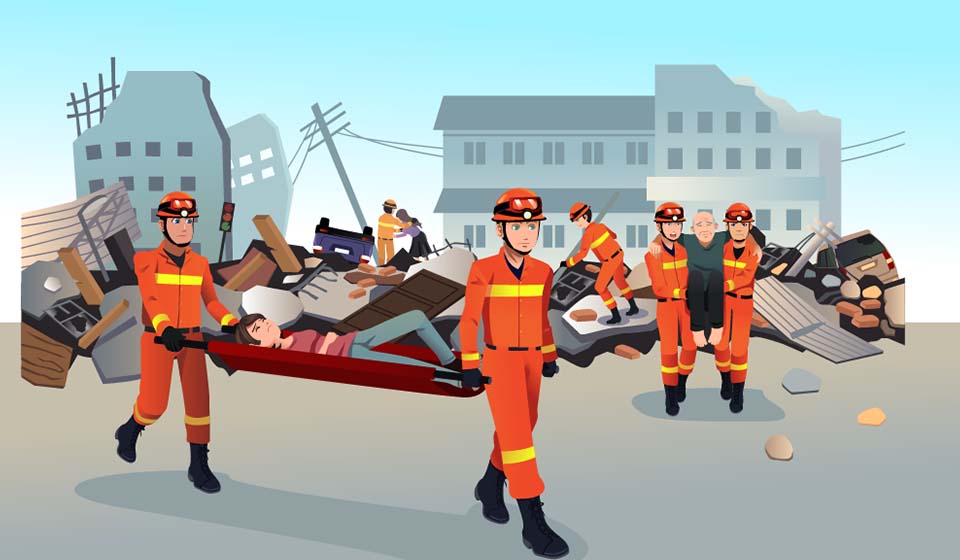

Hemanta Dangal and Alina Karki
Dangal is senior social protection officer and Karki is senior documentation officer for Danish Red Cross.news@myrepublica.com
With Nepal’s increasing vulnerability to frequent and extreme disasters, shock responsive social protection approaches must be an integral part of disaster risk reduction and management policies and act at both local and federal levels.
The COVID-19 pandemic is one of the largest scale disasters in recent history. Responding to such an unprecedented scale of disaster required governments and humanitarians to innovate their response mechanisms. Reaching the poor and vulnerable population with immediate relief at a large scale was critical. The herculean task was exacerbated by disrupted services and systems across sectors and industries due to the lockdown and prohibitory orders imposed because of the pandemic. Many of our neighboring countries including India, tackled this by leveraging their existing social protection programs.
Governments around the world develop various social protection programs to fulfill their commitment to protect poor and vulnerable citizens and reduce the risks, poverty, and vulnerability they are subjected to. The Government of Nepal has also committed to ensure social and economic rights of its citizens. Its various social protection programs are instruments to meet this commitment. These programs can be adapted to address disasters and shocks through different strategies. Our neighboring countries, including India and Bangladesh have shown good examples of how this can be done.
The Government of India enabled an immediate cash transfer to approximately 320 million individual bank accounts identified through pre-existing national social protection schemes under the Pradhan Mantri Garib Kalyan Yojana. Between May and August 2020, 84 percent of India’s poorest households received at least one benefit under this program. Food delivery was impressive at scale – 77.5 percent of poorest households received food grains. This is an example of vertical expansion of a social protection system where value or duration of benefit is increased for existing recipients. The system can be horizontally expanded to temporarily increase the number of beneficiaries to accommodate them at times of a disaster or shock.
During the great Nepal earthquake in 2015, the government of Nepal with support from UNICEF temporarily included all children under five within the social security allowance program in 11 affected districts and provided cash transfer to support their nutrition and wellbeing. Additionally, there are other strategies through which the existing programs can be utilized during a disaster. Piggybacking uses the existing program’s infrastructure; refocusing prioritizes the existing resources; or shadow alignment is when a humanitarian system runs in parallel to a social protection program.
Similarly, social protection programs can also be used during multi-hazards such as floods or cold wave. In 2021, Nepal Red Cross Society leveraged the government’s social security allowance (SSA) program to reach already vulnerable families who were affected by the October Karnali flood with rapid cash transfers. Immediately after the floods, the Danish Red Cross mobilized its emergency funds which was deposited directly into the recipients’ SSA bank accounts. The SSA program reaches 3.4 million vulnerable people under six categories – persons with disabilities, senior citizens, children under five, single and widowed women and endangered communities.
With its impressive coverage, robust database management and well-established distribution mechanism of the banking channel, there are clear benefits of utilizing Nepal’s SSA program and its features to deliver assistance during a disaster. It can be used to reach a significant portion of vulnerable people with cash assistance in a time and cost-effective manner. Leveraging the existing delivery systems helps save crucial time and reduce errors in distribution. This was clearly proven during the October Karnali flood.
A post distribution monitoring study shows that the cash relief recipients spent their money to meet their most urgent needs such as food, medical expenses, and clothes. The report shows that it took one to three hours for at least 75% of the respondents to withdraw their money from their SSA bank accounts and 99.5% of them were very satisfied with the cash distribution process. While this method can be used to immediately reach families who have urgent needs with rapid response, alternative methods such as prepaid debit cards that can be activated and loaded during a disaster can be used to reach the exposed population who are not enrolled in the SSA program.
Besides SSA, other programs such as the Prime Minister’s Employment Program can also be used during disasters. Workers listed under this program can be mobilized to take potentially life-saving actions such as strengthening houses, clearing canals, or strengthening river embankments. Donors such as the European Union Humanitarian Aid Operations have also been investing in climate smart innovations that can reduce the impacts of disasters by reaching the exposed population on time, and even before a disaster strikes. This approach of a Shock Responsive Social Protection is one such way which can save valuable time and resources to reach at-risk communities with live and livelihood saving support.
The National Disaster Risk Reduction and Management Authority has forecast that two million people will be affected by monsoon this year. It is forecast that Nepal will receive above-average rainfall this year. With Nepal’s increasing vulnerability to frequent and extreme disasters, shock responsive social protection approaches must be an integral part of disaster risk reduction and management policies and act at both local and federal levels. On the other hand, the Cash Guidelines and Social Protection Program policies should make space for specific clauses outlining the means with which emergency cash assistance can be flowed by leveraging the social protection programs to reach at-risk and disaster-affected populations. There is also a need for continued national discourse to explore ways of temporarily expanding the existing program coverage to include disaster affected populations who are not enrolled in the social protection programs. Documenting examples and case studies of shock responsive social protection such as the rapid cash transfer in Karnali flood in October 2021 will also help inform future preparedness plans and policies.
You May Like This

Barahapokhari Rural Municipality releasing allowance in the name of dead citizens
KHOTANG, Oct 23: Barahapokhari Rural Municipality of Khotang district has been releasing social security allowance in the name of deceased... Read More...
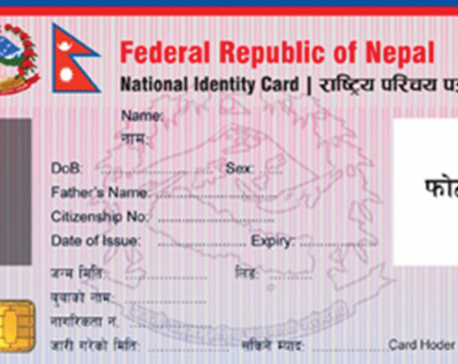
Discussion on national ID card
KHASYAULI, June 16: A discussion was held in Bhairahawa on Saturday in order to make the national identity card, social security... Read More...
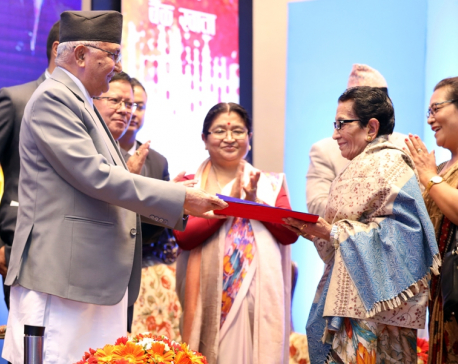
PM Oli vows to increase social security allowances to senior citizens
KATHMANDU, April 14: Prime Minister KP Sharma Oli on Sunday said that the government would increase the social security allowances... Read More...



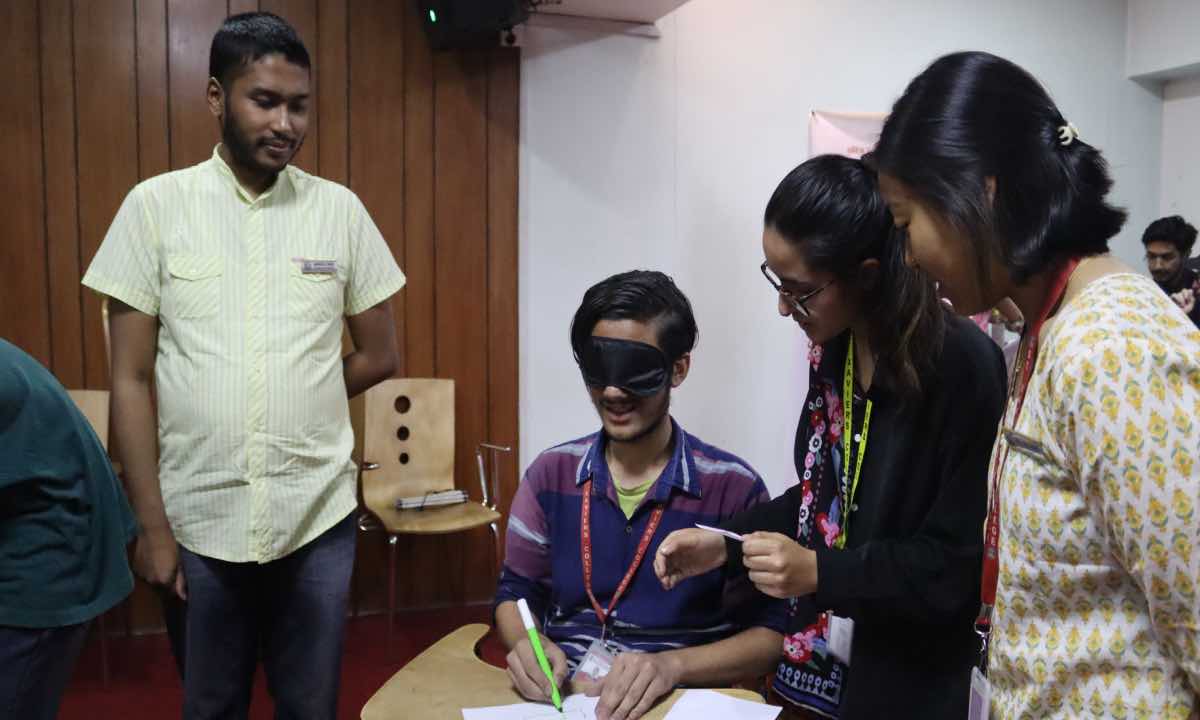

Just In
- Forest fire destroys 13 houses in Khotang
- First meeting of Nepal-China aid projects concludes
- Lungeli appointed as Minister for Labor and Transport in Madhesh province govt
- Bus knocks down a pilgrim to death in Chitwan
- One killed in tractor-hit
- Karnali Chief Minister Kandel to seek vote of confidence today
- Chain for Change organizes ‘Project Wings to Dreams’ orientation event for inclusive education
- Gold price decreases by Rs 200 per tola today










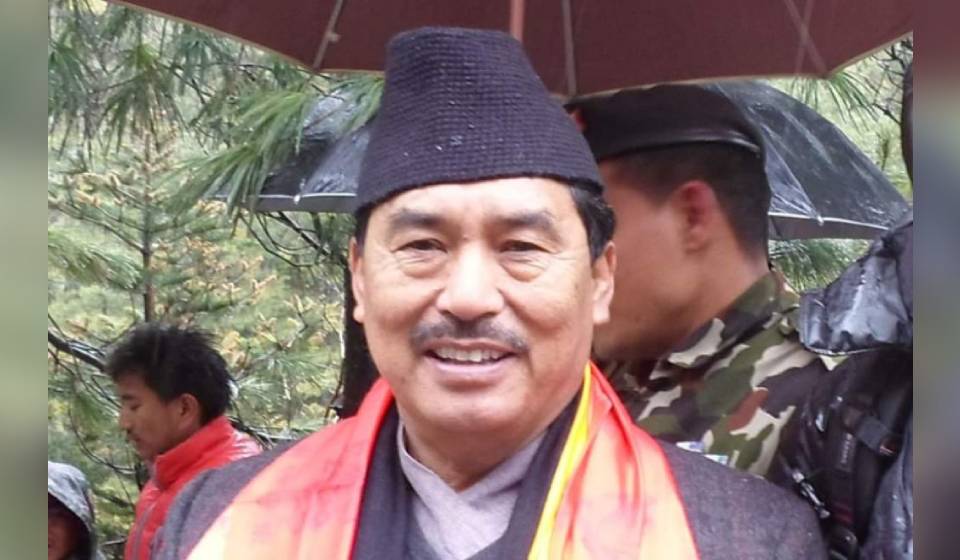

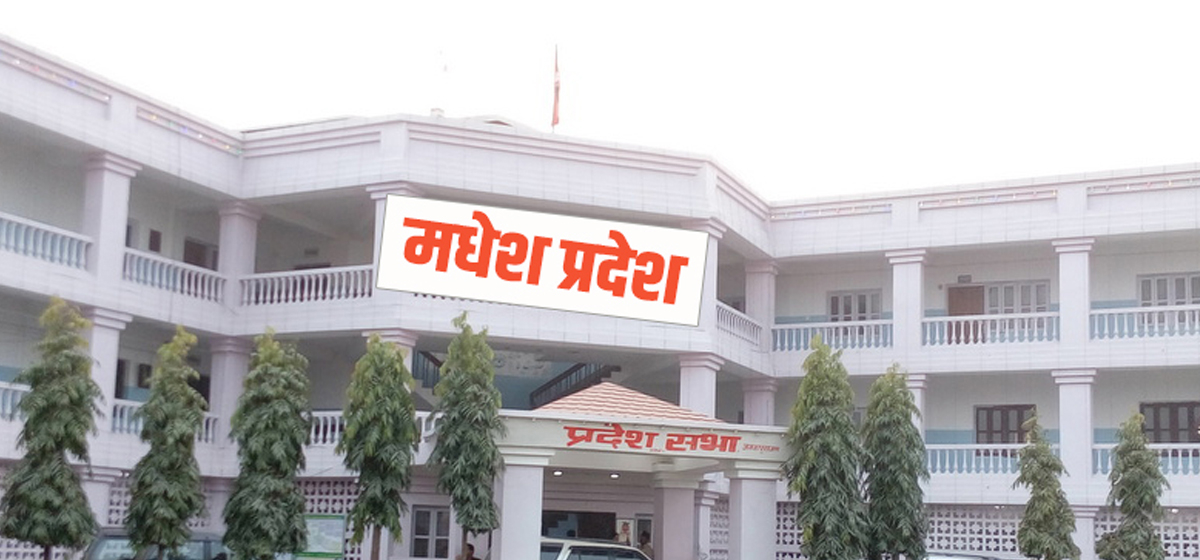

Leave A Comment